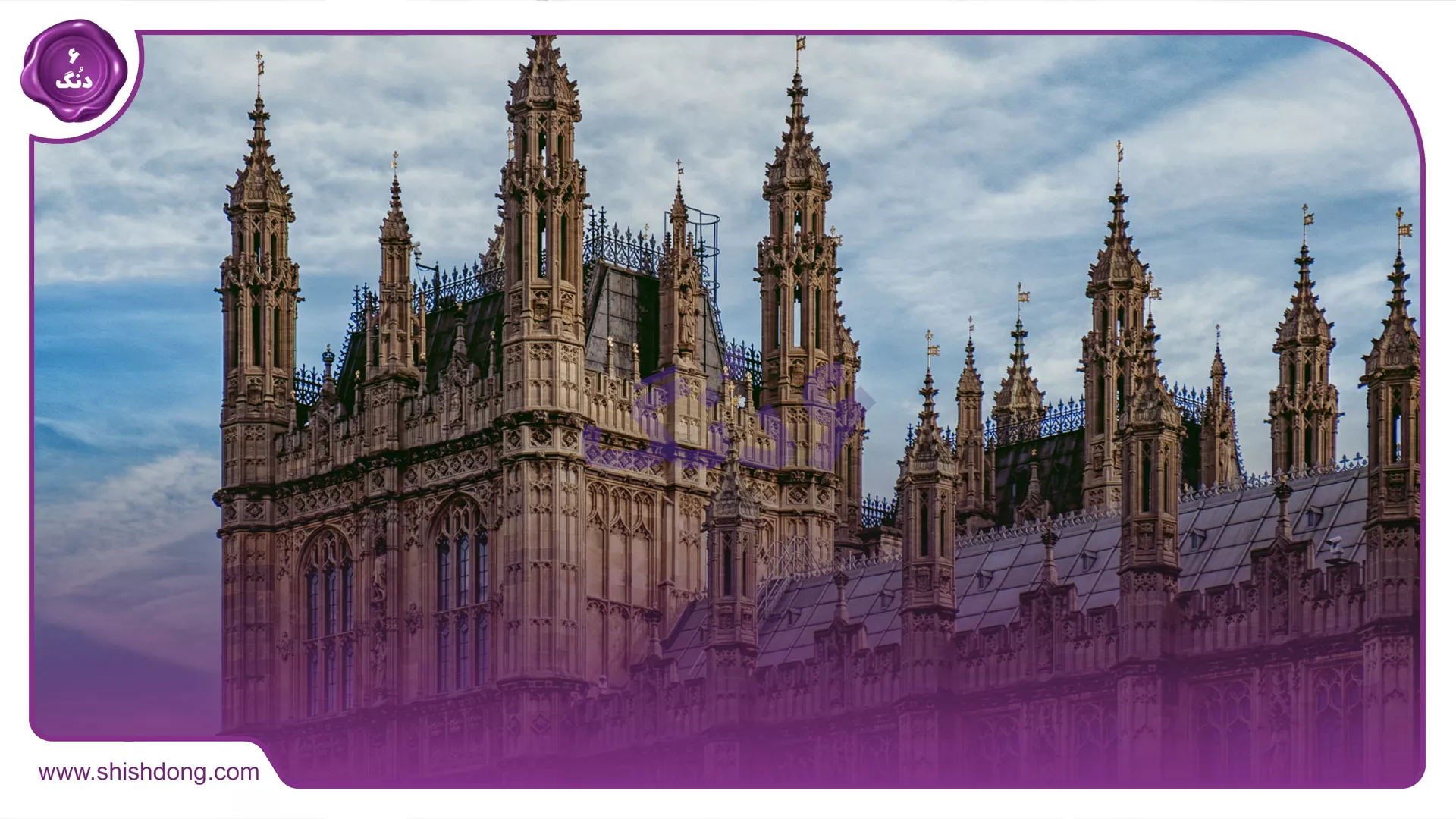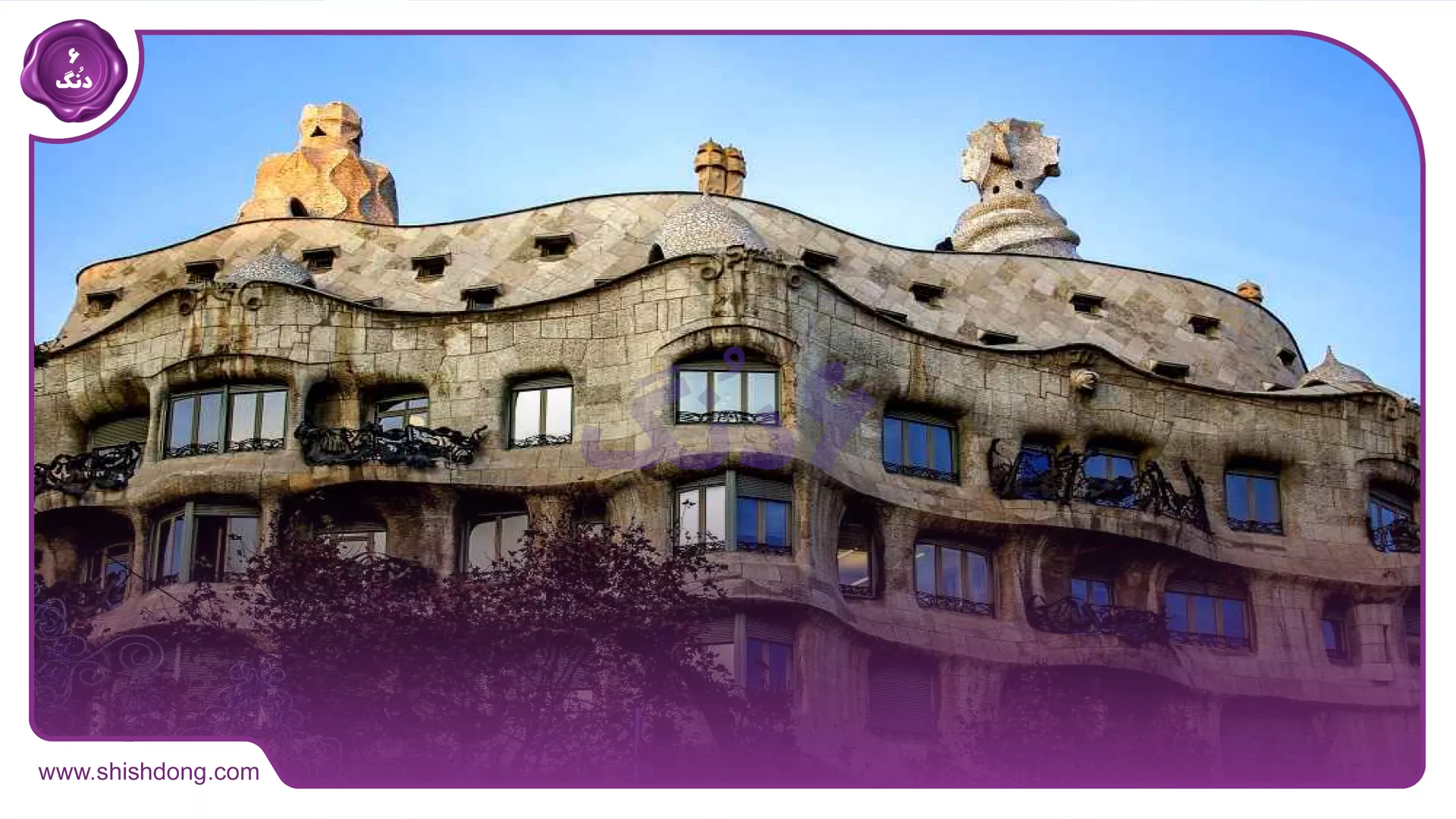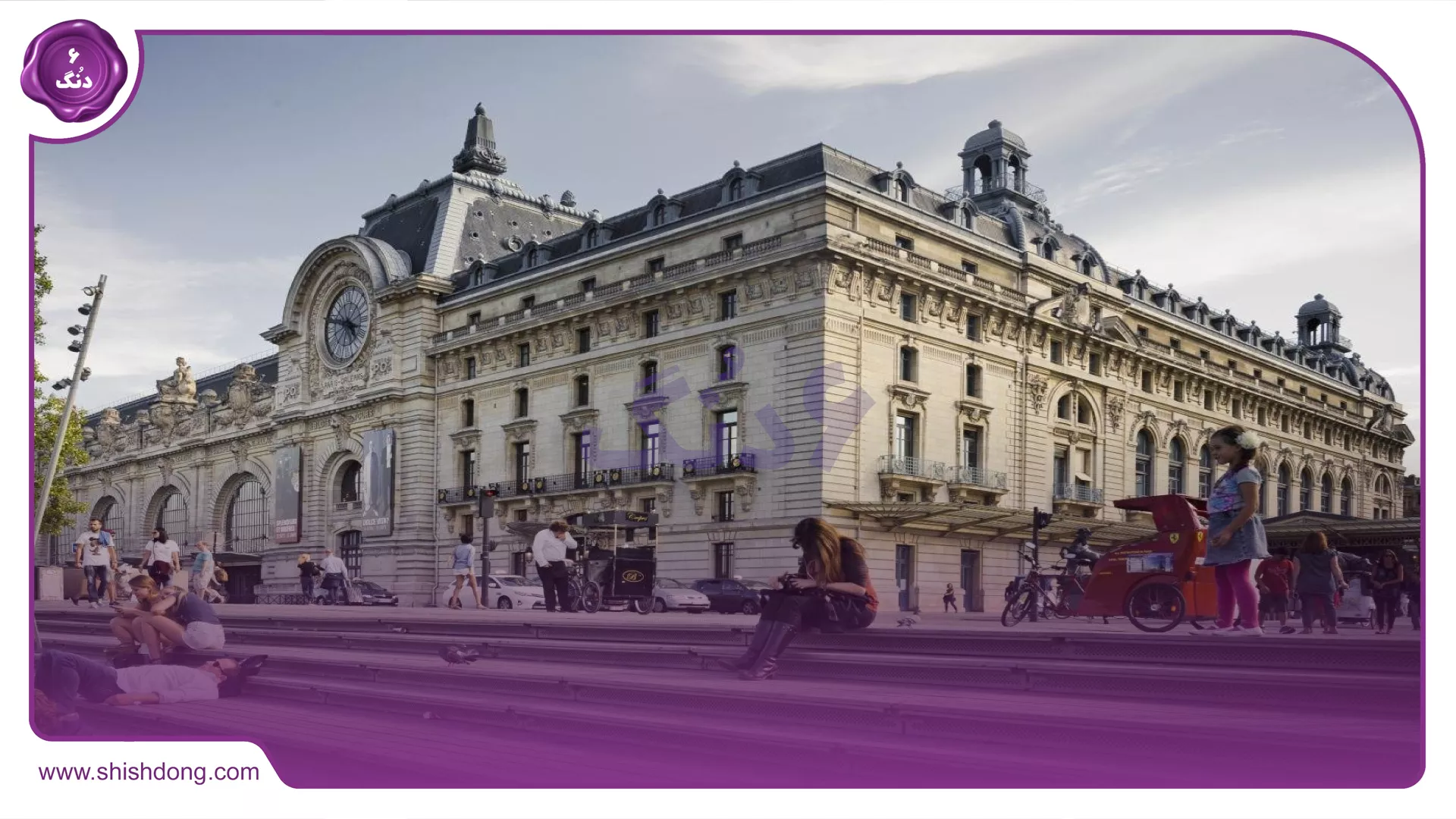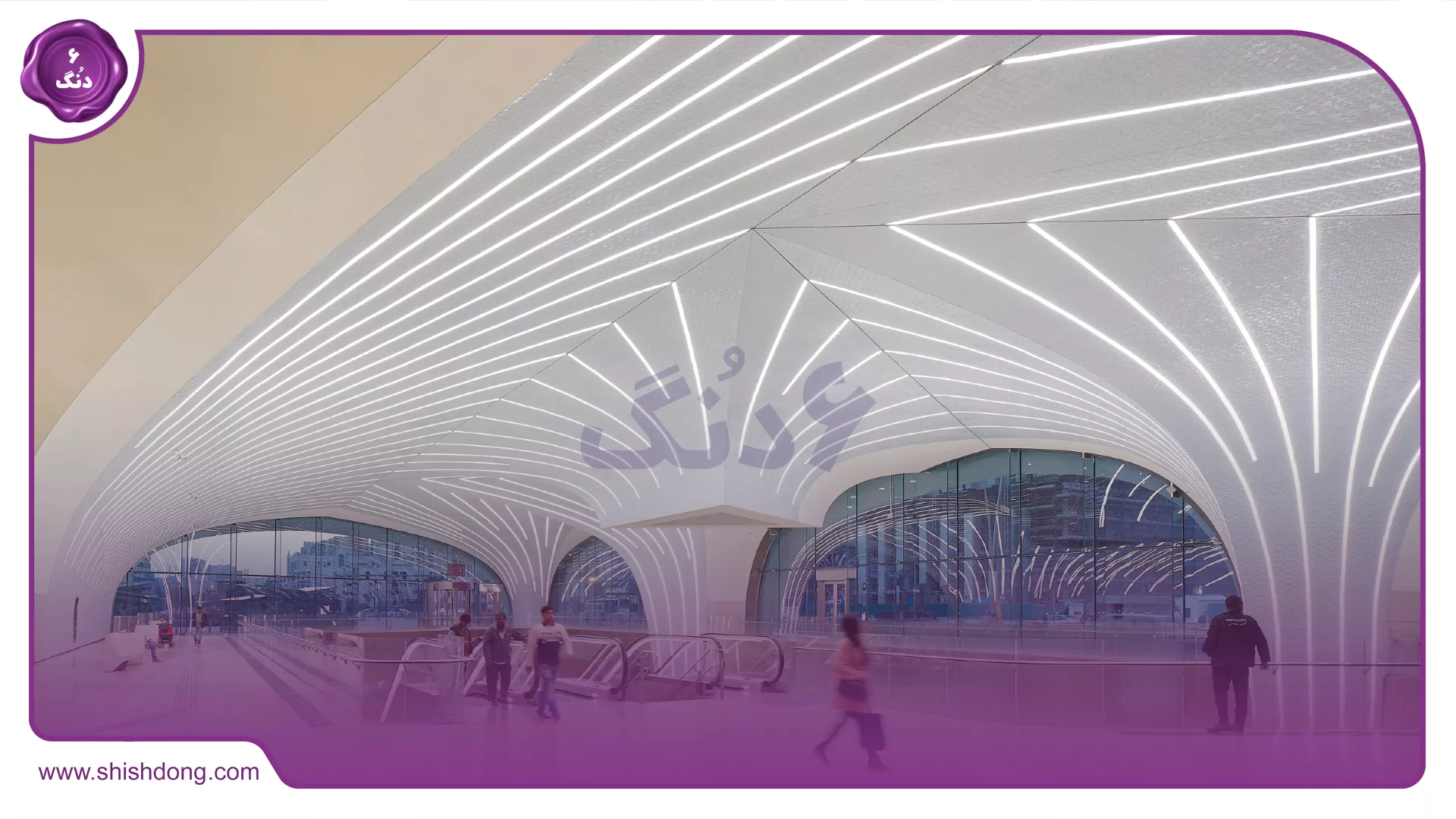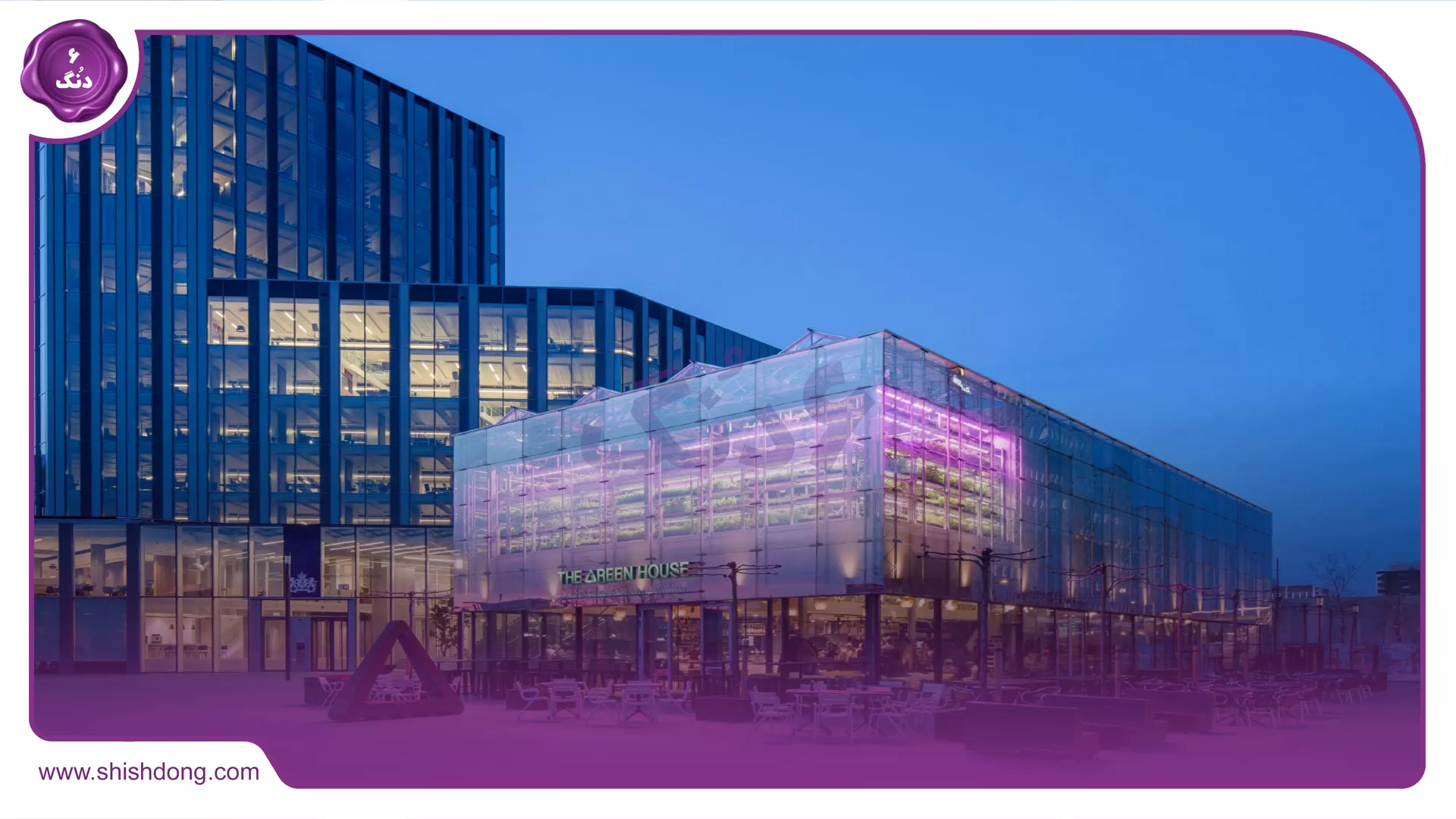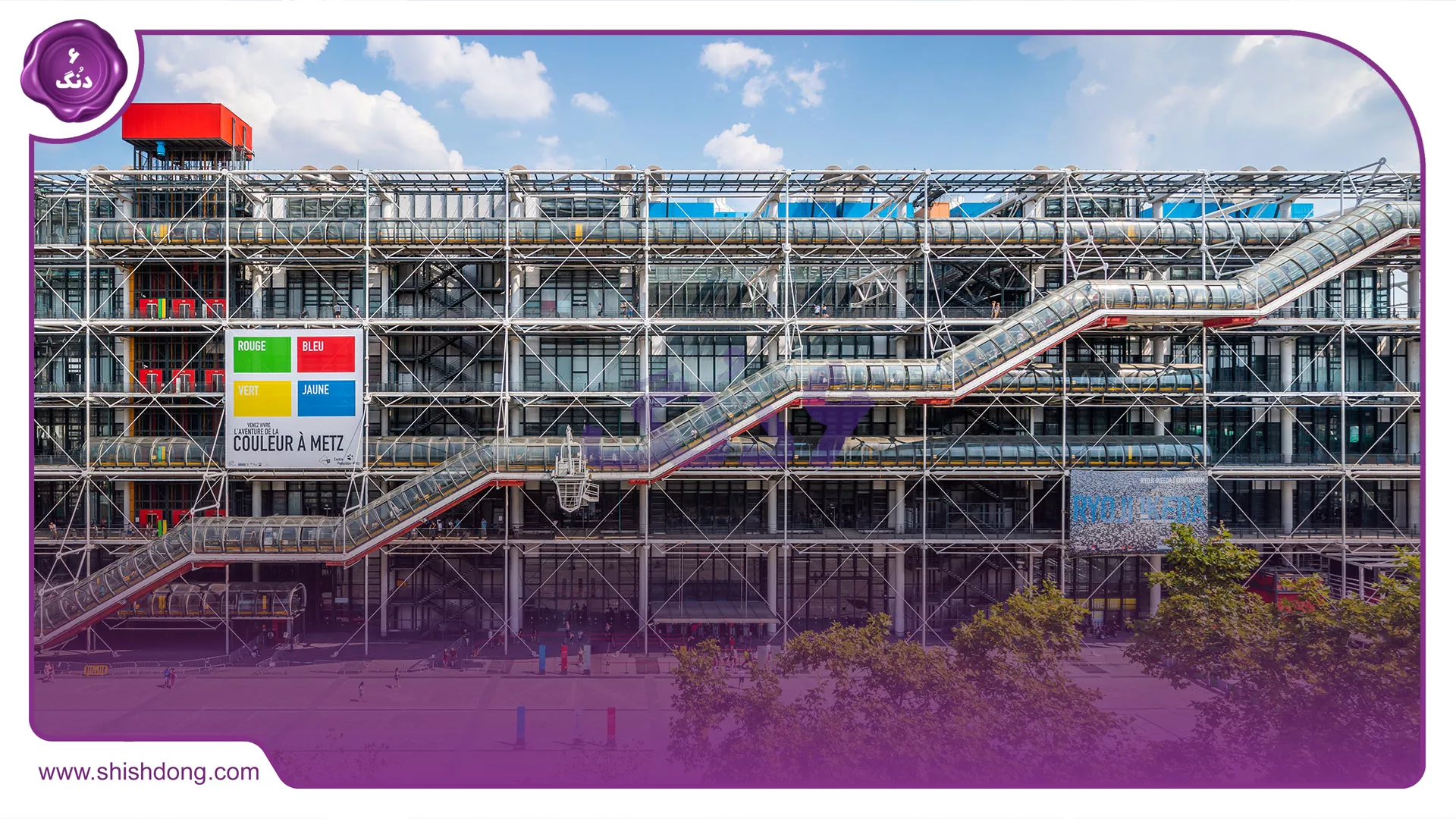Architectural styles
In today's world, different designs and architectures are used to build different types of houses with different uses.
Any type of architecture that takes place in the construction depends on the client's taste. In the first stage, the architect presents his proposed plans to the client and the client chooses the plans. In different countries, according to culture, structure of cities and climate the design of the buildings is done. A series of famous styles are:
Architectural styles
In today's world, different designs and architectures are used to build different types of houses with different uses.
Click to view Mashhad real estate ads
Any type of architecture that takes place in the construction depends on the client's taste. In the first stage, the architect presents his proposed plans to the client and the client chooses the plans. In different countries, according to culture, structure of cities and climate the design of the buildings is done. A series of famous styles are:
Classical architectural style
Classical architectural style is one of the oldest and most famous architectural styles that bring us back to the ancient times of Greece and Rome. This style of architecture is known as a symbol of wealth, power and splendor and can still be seen in numerous buildings and art works around the world. We will examine and explain the classical architectural style, its elements and characteristics, famous examples and the importance of this style in the present time.
Click to view Mashhad real estate ads
Elements and features of classical architecture style
The classical architectural style includes elements and features that are used in building design and art works. Some of these elements and features are:
1. Columns
Columns are prominent features of classical architecture. In this style, columns are designed vertically and cylindrically and are used as main supports. Classical columns are divided into three types: round, Greek and Corinthian, each of them has its own characteristics and designs.
2. Beautiful tiling and columns
Tiling or beautification is also one of the famous features of classical architecture. In this style, colorful and beautiful tiles are placed on the surfaces of walls and columns. These tiles are added as an additional beauty to building and are known for their geometric designs and old motifs.
3. Decorative payments
Classical architectural style is famous for its rich decorative finishes. These finishes include motifs, decorative columns, arms and sculptural logos placed on buildings and artworks. These payments add more beauty and glory to buildings and reflect spiritual and cultural symbols.
Click to view Mashhad real estate ads
4. Arches and arcs
Arches are also considered prominent elements of classical architecture. Arches and arcs are designed in a curved form according to the type of columns and are used as part of windows, doors and facades of buildings.
5. Ceilings
Ceilings are also known as another feature of classical architecture. Classic ceilings are designed using patterned curtains, plaster decorations and beautiful geometric motifs and give buildings a special effect.
Romanesque architectural style
The Romanesque architectural style is one of the classical architectural styles that was formed in the Middle Ages in Europe. This architectural style arose in the Renaissance period and lasted until 19th century. Romanesque style emphasizes elements such as arches, thick walls and rounded arches and uses less symmetrical geometric principles than Renaissance architectural styles.
Click to view Mashhad real estate ads
One of the distinctive features of the Romanesque style of architecture is use of thick walls and round arches. These walls are used as main elements of buildings and give them a strong and stable appearance. Round arches are also used as characteristic features of Romanesque style and add beauty and charm to buildings.
In Romanesque architectural style, elements such as arches and architectural arches are used. Arches are used as symbols of power and empire and give freshness and beauty to buildings. Architectural plasters are decoratively placed in buildings and give them a luxurious and formal look.
In Romanesque buildings, rich and dark colors are used. These colors give buildings a luxurious and aristocratic appearance along with other elements of Romanesque style that give a deep and grand feeling to facade of the building.
As one of the classic architectural styles, the Romanesque architectural style is still present in some historical buildings and monuments. This style of architecture is known as one of the historical and cultural symbols of European societies and still retains its charm.
Gothic architectural style
Gothic is an architectural term that refers to an architectural and artistic style in Europe in Middle Ages. This style became popular in Europe between the 12th and 16th centuries and evolved into different forms and features over time.
Click to view Mashhad real estate ads
Gothic is especially well known in the architecture of churches. This style of architecture displays highlights beauty, wonder and magnificence. Typical Gothic features include tall and thin architraves, large windows with different grids and complex geometric forms like columns, decorative detailing and unique architraves.
One of the prominent examples of Gothic architecture is Notre Dame Cathedral in Paris which is known as one of the symbols of France. Cathedral has famous towers, religious exhibits and beautiful architecture that decorated with intricate geometric designs and detailed carvings.
The Gothic architectural style was used not only in churches but in palaces, castles and other buildings. This architectural style has had a great influence on subsequent architecture and is known as the main architectural style in the middle Ages.
In general, Gothic is a beautiful and unique architectural style that has been reflected and praised by many artists and art providers throughout the centuries due to its intricate geometric designs and special decorative details.
Baroque architectural style
Baroque is an architectural and artistic style that was formed during the Baroque period (between the 16th and 18th centuries) in Europe. This style of architecture is known based on rich, complex and decorative elements and is distinguished by the contrast between light and shadow, details density and abundant arrangements.
Unlike the Gothic style which emphasized geometric shapes and arrangements, Baroque focused on beautiful details and abundant ornamentation. This style in architecture is known by using many decorative arrangements such as carvings, statues, gilded decorations and rich symbolic patterns. Golden ceilings, paintings of angels and stained-glass windows and decorative moldings were also part of Baroque architecture.
Click to view Mashhad real estate ads
In Baroque architecture, buildings were built in complex and large shapes. Mountains were used in party roles and towers, domes and exhibitions were built in a rich and beautiful way. This style of architecture was represented by palaces, churches, hospitals and government buildings.
Baroque style is known not only in architecture but also in painting, music and literature. Baroque paintings usually depict highly detailed and ornate, dramatic and colorful scenes. Baroque music is known for its use of complex melodies, church music, and rich sound effects.
Baroque is a rich and decorative style of architecture and art that was very important in its time. Focusing on details and abundant decorations, this style brings beauty and an attractive experience in art.
Neoclassical architectural style
Return to classical beauty
Neoclassical architectural style is one of the most important and influential architectural styles that have been used throughout history. This architectural style is inspired by the beauty and artistic principles of ancient Greece and ancient Rome and tries well to show a return to classical beauty. We will explore the neoclassical architectural style in more detail.
Neoclassical is a name used in the 18th century to describe a style of architecture and art that was inspired by the art and architecture of ancient Greece and ancient Rome. This style of architecture was first developed in Europe and then quickly spread around the world.
During the Renaissance and Baroque eras, ancient art and architecture had not any importance but in the 18th century, interest in returning to classical beauty grew. This return to classical beauty was influenced by the Enlightenment and beliefs of the futuristic age.
Click to view Mashhad real estate ads
Attributes
- Inspired by ancient Greece and ancient Rome
Neoclassicism is inspired by the art and architecture of ancient Greece and ancient Rome. This style of architecture tries to show a return to classical beauty from ancient times. Features such as Doric columns, mosaic tiles and exteriors with geometric designs are commonly seen in neoclassical buildings.
Click to view Mashhad real estate ads
- Use of classical decorative elements
Neoclassical architectural style uses classical decorative elements. These elements include columns, mosaic tiles, clay tiles, stone figures and circular arches. These elements give appearance and beauty to the buildings and show a return to the beauty of art and classical architecture.
- Using a simple and casual exterior
Neoclassical buildings usually have a simple exterior. Geometric designs and straight lines are used in the exterior of buildings. These designs and lines give order and division to buildings and bring them closer to classical beauty.
Click to view Mashhad real estate ads
- Use of columns
Columns are important features of the neoclassical architectural style. By using Doric diagrams and mosaic tiles, these columns give buildings an appearance and beauty. Columns are used decoratively or constructively in buildings and give them value and novelty.
Application
- Historical buildings
Neoclassical buildings are mostly seen in historical buildings and generally in government and public buildings. By using classic features inspired by ancient art and architecture, these buildings give themselves beauty and uniqueness that give a special effect to surrounding environment.
- Public places and open spaces
Neoclassical architectural style is used in public places such as theaters, museums, libraries and open spaces. Due to their beauty and ingenuity, these buildings are important tourist attractions and provide a suitable environment for holding cultural and artistic activities.
Click to view Mashhad real estate ads
- Residential and commercial
Use of neoclassical architectural style is common in residential and commercial buildings. By using classic features and geometric designs, these buildings give more effect and beauty to the surroundings and create a stylish and tasteful atmosphere.
Art nouveau architectural style
New art known as "Art Nouveau" was one of the most important artistic trends in the 19th and 20th centuries. This style of architecture was formed in Europe and other regions of the world and has many influences in art, design, interior architecture and crafts. Art nouveau focuses on breaking away from traditional architectural styles and renovation towards creative, unique and nature-influenced designs.
Art Nouveau style features inspired by nature
Art nouveau architectural style is inspired by the beauty and patterns in nature. From ants and flowers to hands of trees and water waves, natural elements are used in designs and patterns of Art Nouveau architecture. This inspiration from nature has given rise to designs with curved lines, organic patterns and plant symbols.
Design with attention to detail
In art nouveau architecture style, special attention has been paid to details and beautiful and artistic faces. From intricate and beautiful designs in doors and windows to detailed and attractive designs in interior decoration, art nouveau tried to consider the details artistically and create a beautiful and unique look for the buildings.
- Using new materials and techniques
Art nouveau style is used in applying new materials and techniques for construction of buildings and decorations. Among these techniques, we can mention use of iron, glass, ceramics and synthetic materials. Art nouveau has tried to create innovative and beautiful designs using these materials and techniques.
- Variety of patterns and designs
Art nouveau style is very diverse and includes different patterns and designs. From designs with geometric and curved geometric patterns, flowers, leaves, animals and birds to designs with water patterns and waves, Art Nouveau has a high diversity in its designs and patterns.
Click to view Mashhad real estate ads
- Influence in art, design and interior architecture
The art nouveau style has had a great influence on art, interior design and architecture. From creative and unique designs in architecture of buildings and facade of buildings to interior design using various materials and decorations, modern art has had a significant effect in improving the beauty and use of spaces.
Outstanding examples of art nouveau style
Orsay Gallery building in Paris
This building with art nouveau designs and decorations is one of the prominent examples of this architectural style. By using curved designs, plant patterns and artistic use of glass and iron, Orsieh Gallery displays its own charm and beauty.
Interior design of the Hexagon subway in Paris
Interior design of Hexagon subway in Paris is one of the prominent examples of the Art Nouveau style. By using curved geometric designs, plant patterns and use of various materials, interior design of this subway brings special charm and beauty.
Click to view Mashhad real estate ads
Art nouveau accessories and furniture design
Art nouveau has had a great impact not only on interior design and architecture but on design of accessories and furniture. From designs with floral and geometric patterns to designs using diverse materials and creative embellishments, these accessories and art nouveau furniture become an art work.
Bauhaus architectural style
The Bauhaus architectural style is one of the modern architectural movements that was formed in the Netherlands in the 1920s. This style was founded by a group of architects who wanted to deal with modern architecture against traditional and ordinary designs. Bauhaus architectural style focuses on trying to leave traditional principles, providing open and functional spaces by using industrial materials and emphasizing modern form and structure.
Characteristics of Bauhaus architectural style
Bauhaus architectural style is famous for the following features
Click to view Mashhad real estate ads
1. Use of industrial materials
Bauhaus architectural style uses industrial materials such as reinforced concrete, steel, glass and brick. These materials are already made and are added to buildings according to their technical and appearance characteristics.
2. Simple geometric shapes
Bauhaus architectural style prefers simple and regular geometric shapes. Among these shapes that can be seen in this style of architecture, we can mention square, triangle and circle. These shapes reflect the beauty and simplicity in building design.
3. Large windows
Bauhaus architectural style emphasizes the use of large and sometimes full-height windows in buildings. These windows absorb natural light into building and establish a connection between interior and exterior.
4. Open spaces without restrictions
Bauhaus architectural style focuses on creating open spaces without restrictions. Buildings in this style of architecture use little curtains and interior walls and create large and dynamic spaces.
5. Emphasis on reaction to surrounding environment
Bauhaus buildings may react to their surroundings through specific designs, building location and use of local materials.
Examples of Bauhaus architectural style
The Bauhaus architectural style has been used in many buildings and projects around the world such as:
1. Van Nederland building in Netherlands
This building which is located in Netherlands is one of the outstanding examples of Bauhaus architectural style. Its design reacts with its surroundings by using simple geometric shapes, large windows and open spaces.
2. George Pompidou building in Paris
This famous building in Paris is an outstanding example of the Bauhaus style of architecture. Its external design is completely transparent and industrial materials such as steel and glass are used.
3. Weimar Conference Center in Germany
This conference center in Weimar is another example of the Bauhaus architectural style. Its design is made using large windows, open spaces and simple geometric shapes.
Bauhaus architectural style focuses on the use of industrial materials, simple geometric shapes, large windows and open spaces. It emphasizing on reacting with surrounding environment and abandoning traditional principles in building design. This architectural style can be seen in famous examples such as Van Nederland Building in the Netherlands, Georges Pompidou Building in Paris and the Weimar Conference Center in Germany.
Click to view Mashhad real estate ads
Architectures play a very vital role in the construction world. They provide design and structuring patterns for buildings and structures and have a significant impact on their performance and appearance. Architectures play a very important role in shaping buildings and structures through design and structuring patterns. Each architectural style with its own appearance and values reflects a unique story and experience. Choosing right architectural style for a building is very important, depending on the culture and identity of the region, needs of users and owners’ goals.
translator: Mr. Saman Sayah





